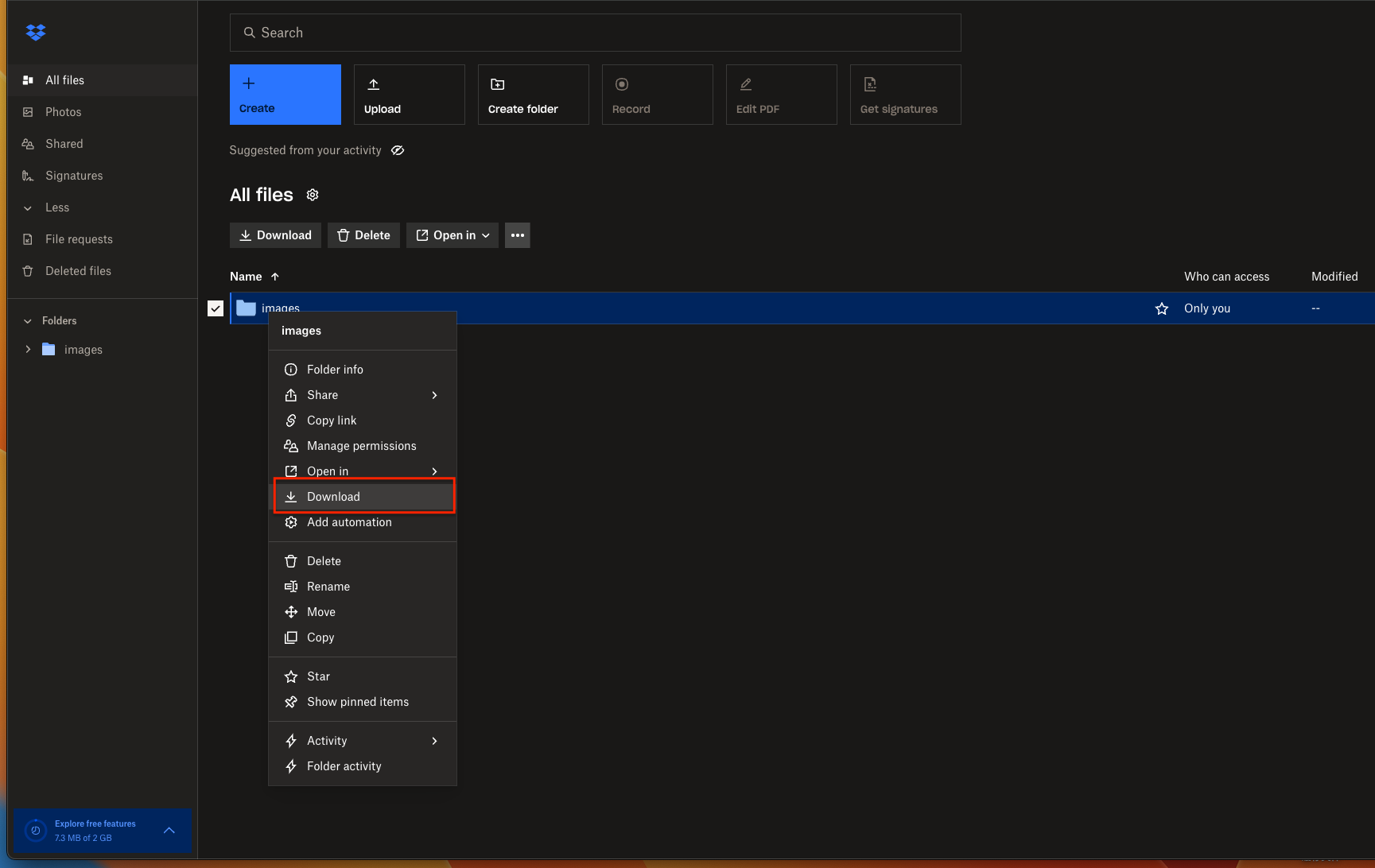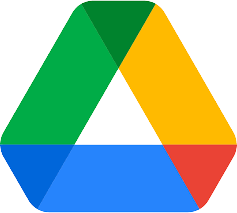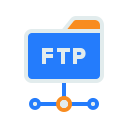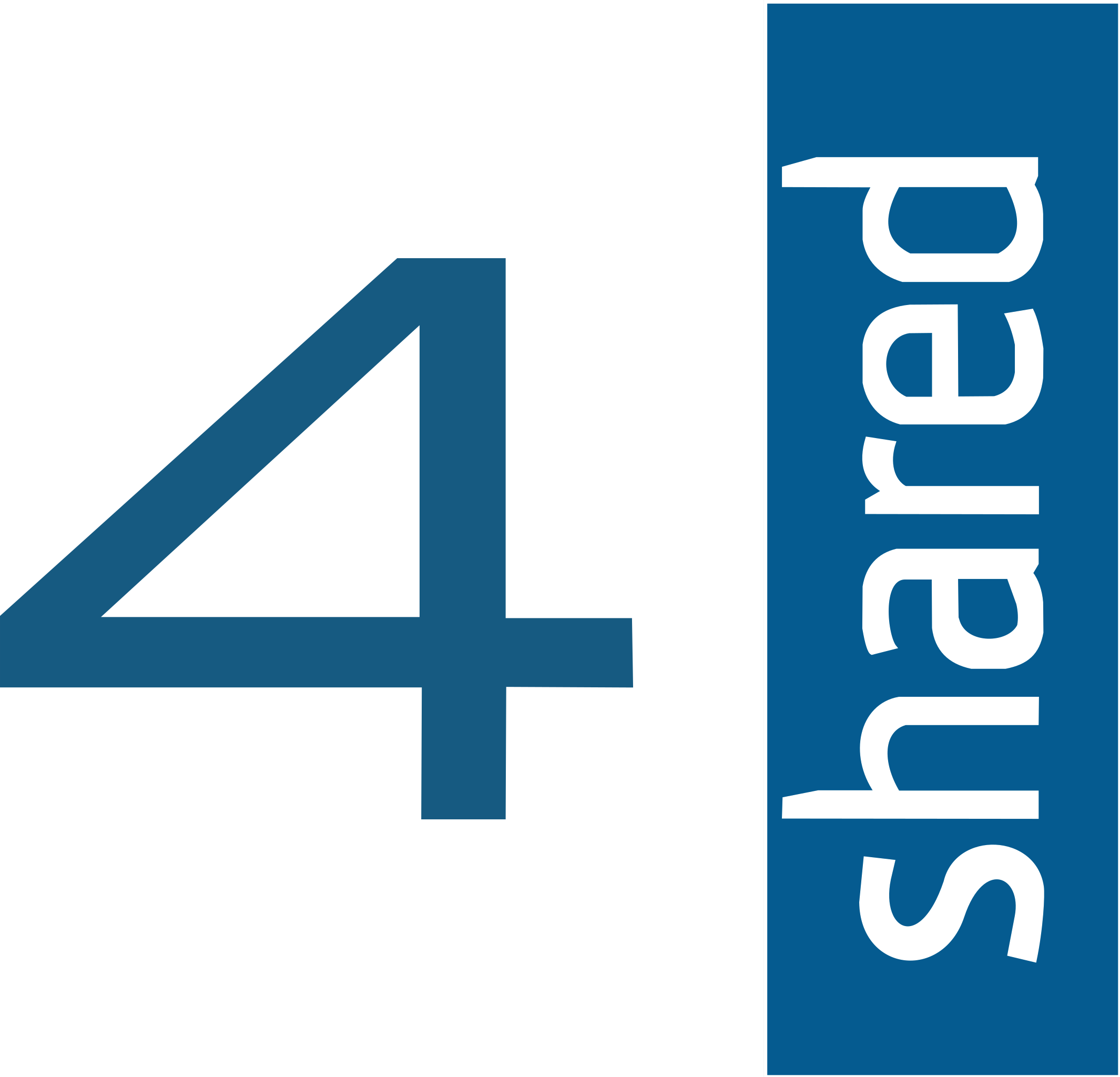How to Transfer Files from Dropbox to Cloudflare R2 with Ease
Discover a straightforward way to move your data from Dropbox to Cloudflare R2. This step-by-step guide explains how to prepare, migrate, and optimize your storage using Cloudflare R2 and CloudsLinker.
Introduction
Dropbox has long been a popular option for individuals and businesses needing convenient cloud storage. However, as projects grow and data scales, many are turning to Cloudflare R2 for its affordable, secure, and high-performance storage capabilities. This article outlines how you can migrate your files from Dropbox to Cloudflare R2 smoothly, while making the most of both platforms’ strengths.
Quick Navigation
Overview of Dropbox
Dropbox has been a staple in cloud storage for both individuals and teams, known for its dependable synchronization across devices and strong collaboration tools such as shared links, version history, and file recovery. Many users rely on its straightforward UI and wide third-party integrations like productivity apps, Slack, and Zoom.
That said, Dropbox has begun introducing more limits on certain business plans (such as minimum user counts and quotas per license), and its free tier remains modest at just 2 GB. These constraints, along with potentially steep costs for large storage needs, especially when serving or sharing many large files, make it less ideal for massive scale or low-cost object storage. For users with high data traffic or large archives, costs and performance may become a concern.
Dropbox Highlights
- Advanced Sync & Smart Sync: Dropbox offers Smart Sync to keep files in the cloud while showing them locally, saving disk space, and block-level file syncing to speed up changes.
- Team Collaboration Tools: Includes shared folders, file requests, Dropbox Replay for video review, commenting, activity logs, and granular access controls under business plans.
- Security & Compliance Features: Uses encryption in transit and at rest. Business plans include advanced key management, multi-factor authentication, device approvals, audit logs, and threat detection.
- Generous File Recovery & Versioning: Depending on the plan, Dropbox retains old file versions for up to 180 days, plus options to restore deleted files and recover from ransomware incidents.
Why People Use Dropbox
Dropbox is great for everyday use, collaboration, and workflows where ease, reliability, and integration matter more than squeezing every cent out of storage costs. For many businesses, it hits a solid balance of features versus cost, until scale starts pushing the cost up.
- Strong UX & Device Support: Dropbox works smoothly across Windows, macOS, iOS, Android, even with external drives and folders, making it approachable for non-technical users.
- Rich Integrations: Links with Microsoft Office, Adobe, Slack, and many other tools. It also supports large file delivery via Dropbox Transfer and collaboration on media through Dropbox Replay.
- Reliability & Support: Good uptime, solid customer support for paid plans, and compliance certifications make it trustworthy for business needs.
Cloudflare R2 at a Glance
Cloudflare R2 is designed as an S3-compatible object store aimed at developers, businesses, or anyone needing large capacity, low-cost storage. Its zero egress fee policy makes it especially appealing for workloads that serve files or static assets widely.
Recent updates to R2 include support for Location Hints to optimize latency, integration with Data Catalog and Apache Iceberg for analytics, and multiple storage classes such as Standard and Infrequent Access to balance cost with frequency of access.
Key Features of Cloudflare R2
- Zero Egress Bandwidth Costs: No charge for outgoing data transfer to the Internet, which can save significant money when serving many files or assets.
- Flexible Storage Classes: Offers Standard storage for frequent access and an Infrequent Access class for cheaper long-term storage.
- S3-Compatible APIs: Integrates easily with modern applications and developer workflows using S3-compatible APIs. Operations are billed by type but include free monthly allowances.
- Scalable & Geo-Aware Infrastructure: Supports Location Hints, public or private buckets, fine-grained access control, large file handling, and global distribution through Cloudflare’s network.
- Analytics and Lifecycle Features: Includes Data Catalog, integration with Apache Iceberg for large datasets, and lifecycle management to automatically move data between storage tiers.
Why Switch to Cloudflare R2
- Lower Costs at Scale: With zero egress fees and competitive per-GB pricing, R2 offers major savings for growing datasets or high file delivery needs.
- Predictable Pricing: Transparent billing: you pay for storage usage and operations. The Infrequent Access class cuts costs for data that is rarely touched.
- Optimized for File Serving: Well-suited for delivering static files like images, media, or app assets due to free bandwidth and low-latency global distribution.
Why Move from Dropbox to Cloudflare R2?
Shifting your files from Dropbox to Cloudflare R2 can significantly improve how you manage and scale storage. R2 is designed for high-volume workloads and offers a more cost-efficient and developer-friendly alternative to traditional cloud storage services.
- Elastic Storage Capacity: With Cloudflare R2, you can scale up or down effortlessly depending on your data requirements. Unlike Dropbox, where storage is tied to fixed plan tiers, R2 adapts dynamically to your usage.
- Stronger Data Security: Cloudflare R2 applies robust security controls and encryption by default, giving you peace of mind that sensitive files are well protected. This level of security goes beyond Dropbox’s standard safeguards.
- Advanced File Organization: R2 is built as an object storage system, offering powerful ways to categorize, search, and manage large volumes of data. This makes it ideal for teams handling massive archives or content libraries.
- Granular Sharing and Access Controls: Where Dropbox emphasizes ease of sharing, Cloudflare R2 adds more advanced options such as expiring links, fine-tuned bucket policies, and custom permissions, offering stronger control over who can view or edit your files.
Migrating from Dropbox to Cloudflare R2 is more than just moving storage—it’s stepping up to a platform that offers scalability, tighter security, and flexible management at a lower long-term cost. For anyone managing growing datasets, R2 provides the kind of reliability and affordability Dropbox struggles to match.
Preparing Your Dropbox Files for Migration
Before moving your files, a little preparation can save you time and hassle:
- Review Your Dropbox Data: Clean up unnecessary files to reduce migration load.
- Check Cloudflare R2 Setup: Make sure your R2 account, buckets, and API tokens are ready.
- Organize Data: Sort your files into clear folders for easier transfer and management later.
With Dropbox tidied up and Cloudflare R2 set, you’re ready to begin the migration.
Comprehensive Tutorial: Moving Files from Dropbox to Cloudflare R2
Step 1: Download Files from Dropbox
Log in to your Dropbox account at Dropbox.com. Select the folders or files you want to move and click **Download**. Your data will be saved to your local device as a ZIP archive or as individual files, depending on your selection.

Step 2: Log Into Cloudflare R2
Open your browser and go to the Cloudflare R2 portal. Sign in with your Cloudflare credentials. For better account protection, enable two-factor authentication if you haven’t already.
Step 3: Upload Files to Cloudflare R2
Once inside the Cloudflare R2 dashboard, navigate to your chosen bucket and click the **Upload Files** button. Select the files you downloaded from Dropbox and begin the upload. Cloudflare R2 supports batch uploads, making the process quicker and more efficient.
This manual approach is suitable for small to medium-sized transfers. For large datasets or automated workflows, using a tool like CloudsLinker is recommended.

Why Use CloudsLinker?
CloudsLinker in Action
CloudsLinker specializes in cloud-to-cloud transfers. Instead of downloading files to your computer and re-uploading them, it moves data directly between services like Dropbox and Cloudflare R2. This means faster transfers, no bandwidth drain, and tasks continue even if your computer is offline.
Step 1: Log Into CloudsLinker
Go to CloudsLinker and create a free account. This tool will handle the heavy lifting for your transfer.
Step 2: Connect Your Dropbox Account
Authorize CloudsLinker to access your Dropbox files. This enables secure cloud-to-cloud migration without needing to download data locally.

Step 3: Generate Cloudflare R2 API Keys
Before adding R2 to CloudsLinker, log into your Cloudflare Dashboard. Navigate to **R2 → Manage R2 API Tokens**, click 'Create API Token', then set the bucket permissions. You will receive an **Access Key ID** and **Secret Access Key**—be sure to copy and store them securely as they won’t be shown again.

Step 4: Add Cloudflare R2 to CloudsLinker
In CloudsLinker, enter your Cloudflare R2 credentials: Access Key, Secret Key, and the correct endpoint URL (e.g., https://<ACCOUNT_ID>.r2.cloudflarestorage.com).

Step 5: Select Files and Start Transfer
Choose the folders or files you want to move from Dropbox. Set preferences like overwrite rules or scheduled transfers, then start the migration.

Step 6: Verify Files in Cloudflare R2
After the migration, log into Cloudflare R2 and check your bucket to confirm files transferred successfully.
What to Do After Migration
Organize Your Files in R2
Set up directories and labeling to make future navigation easier.
Enable Versioning
Protect your data by turning on versioning, so you can roll back to previous file versions.
Review Access Controls
Adjust permissions and tokens in R2 to maintain strong security.
Integrate with Apps
Connect Cloudflare R2 to your workflows or applications to take advantage of its performance and flexibility.
Dropbox to Cloudflare R2 Migration FAQs
Is it safe to migrate with CloudsLinker?
Do I need to download files first?
Are there costs involved?
How long will the transfer take?
Can I automate future syncs?
Step-by-Step Guide: Migrating from Dropbox to Cloudflare R2
Looking to transfer your files from Dropbox to Cloudflare R2 seamlessly? Dive into our comprehensive video tutorial. This visual guide breaks down the migration process, ensuring a secure and efficient transfer of your data to Cloudflare R2. Perfect for both beginners and experts, this tutorial makes your data migration journey smooth and hassle-free.
Conclusion
Migrating from Dropbox to Cloudflare R2 unlocks greater flexibility, cost efficiency, and scalability. With the help of CloudsLinker, the process is simplified into a few manageable steps, giving you the confidence to upgrade your storage strategy without the usual headaches.
Online Storage Services Supported by CloudsLinker
Transfer data between over 44 cloud services with CloudsLinker
Didn' t find your cloud service? Be free to contact: [email protected]
Further Reading
Effortless FTP connect to google drive: Transfer Files in 3 Easy Ways
Learn More >
Google Photos to OneDrive: 3 Innovative Transfer Strategies
Learn More >
Google Photos to Proton Drive: 3 Effective Transfer Techniques
Learn More >











































